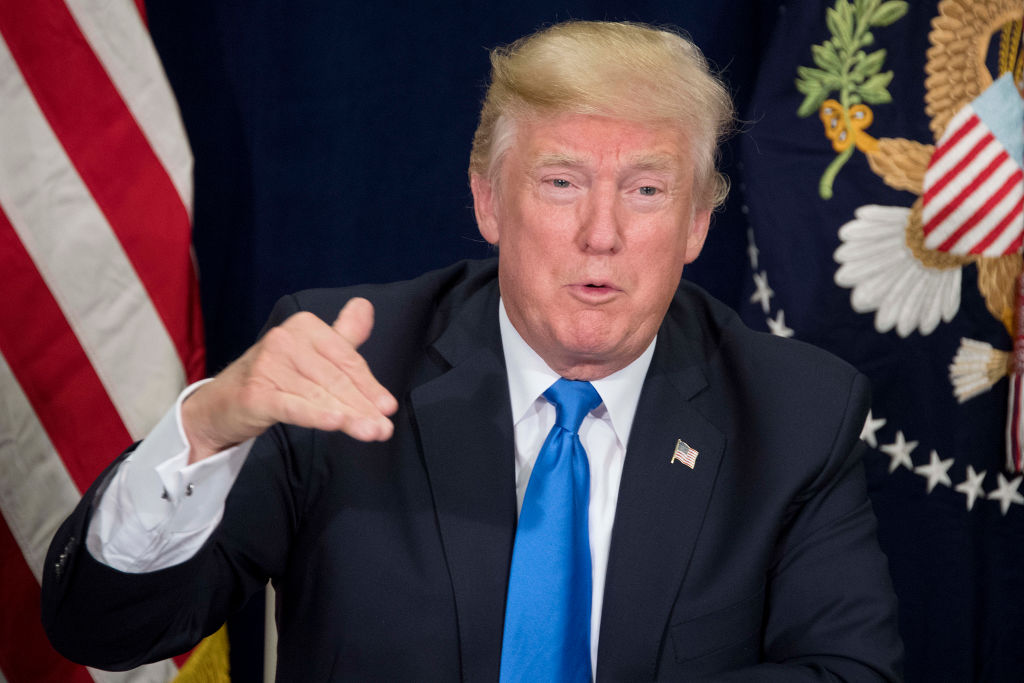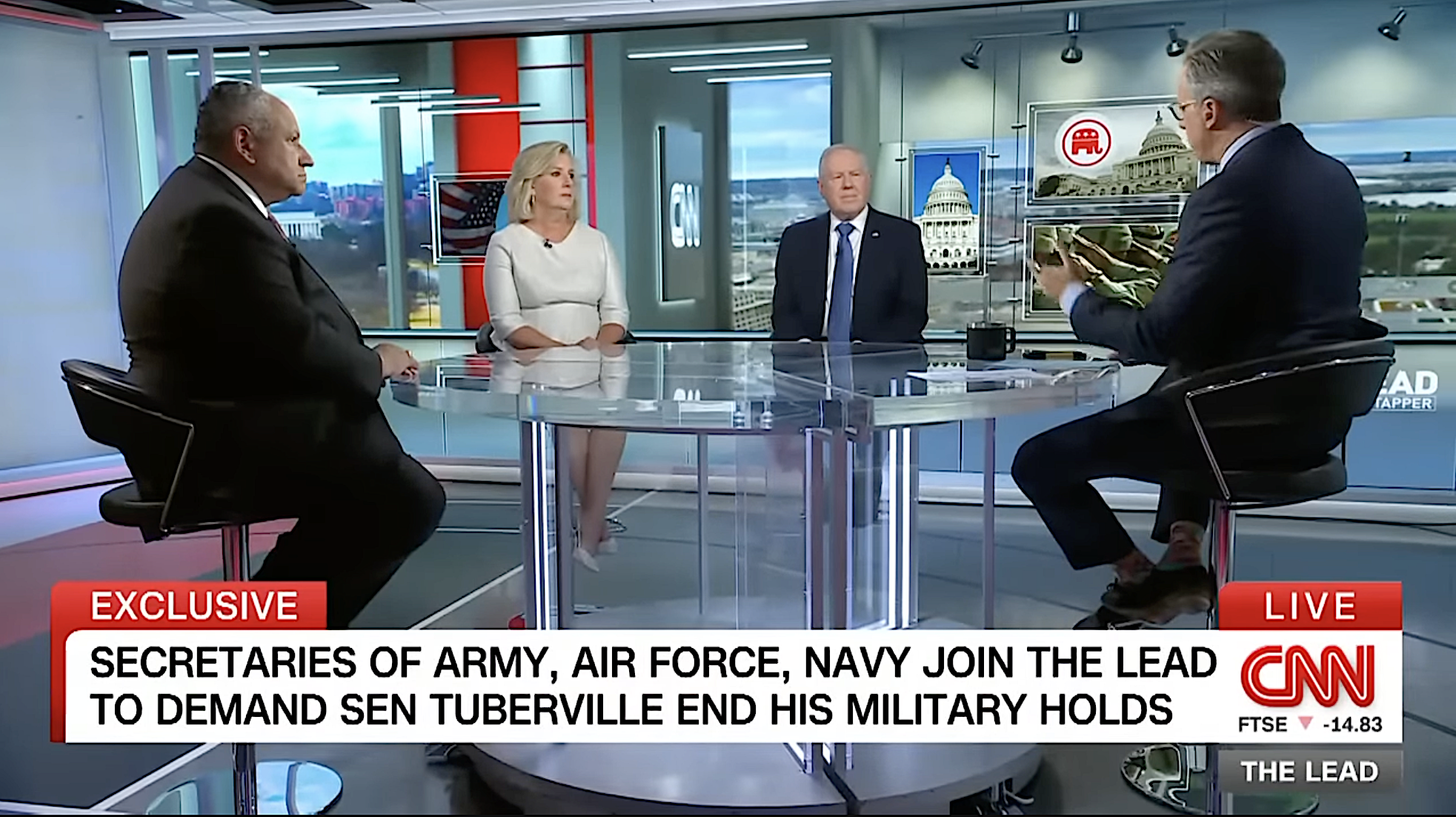White House says Trump will declare the opioid crisis a public health emergency on Thursday


On Wednesday night, President Trump told reporters that he is "going to have a big meeting on opioids" Thursday, and White House officials tell USA Today that Trump will order the Health and Human Services department to declare the opioid crisis a public health emergency, a step short of the national emergency he promised to declare in August and again last week — to the surprise and consternation of his staff. Trump said the order would give the federal government the "power to do things that you can't do right now," and White House officials said the renewable 90-day order would give states more flexibility to spend the $1 billion for opioid treatment Congress approved last year as part of the 21st Century Cures Act, plus tap other funds.
States have already received half of their Cures Act funding, but it is taking time to reach addicts. Some of the lag involves setting up new programs and training, but federal rules on controlled substances have also gotten in the way. The public health emergency declaration should clear some of those, like prohibitions on prescribing opioid addiction treatments over the phone.
Trump's opioid commission, headed by New Jersey Gov. Chris Christie, had recommended a more robust national emergency declaration, which draws on a different law and would have presented Trump with the authority to waive privacy laws and Medicare regulation. The public health emergency declaration allows states to tap the HHS's Public Health Emergency Fund, which currently holds $57,000. "My view is that this action sends a clear signal from the president that he wants money appropriated into that fund," Christie told USA Today. "And it gives Congress a place to go with that money to give the administration some flexibility to use it." Trump won't request any funds in his executive order.
The Week
Escape your echo chamber. Get the facts behind the news, plus analysis from multiple perspectives.

Sign up for The Week's Free Newsletters
From our morning news briefing to a weekly Good News Newsletter, get the best of The Week delivered directly to your inbox.
From our morning news briefing to a weekly Good News Newsletter, get the best of The Week delivered directly to your inbox.
A free daily email with the biggest news stories of the day – and the best features from TheWeek.com
Peter has worked as a news and culture writer and editor at The Week since the site's launch in 2008. He covers politics, world affairs, religion and cultural currents. His journalism career began as a copy editor at a financial newswire and has included editorial positions at The New York Times Magazine, Facts on File, and Oregon State University.
-
 Vance’s ‘next move will reveal whether the conservative movement can move past Trump’
Vance’s ‘next move will reveal whether the conservative movement can move past Trump’Instant Opinion Opinion, comment and editorials of the day
-
 Why recognizing Somaliland is so risky for Israel
Why recognizing Somaliland is so risky for IsraelTHE EXPLAINER By wading into one of North Africa’s most fraught political schisms, the Netanyahu government risks further international isolation
-
 Crossword: December 30, 2025
Crossword: December 30, 2025The daily crossword from The Week
-
 British warship repels 'largest Houthi attack to date' in the Red Sea
British warship repels 'largest Houthi attack to date' in the Red SeaSpeed read Western allies warn of military response to Iranian-backed Yemeni rebels if attacks on ships continue
-
 Houthi rebels claim Red Sea ship attacks
Houthi rebels claim Red Sea ship attacksspeed read Iran-backed Yemeni group vows to escalate aggression towards Israel-linked vessels in revenge for Gaza war
-
 Israel plans next phase of Gaza war as first hostages released
Israel plans next phase of Gaza war as first hostages releasedSpeed read After four-day ceasefire 'we will not stop' until destruction of Hamas, says Israel
-
 Mob storms Russian airport 'looking for Jews'
Mob storms Russian airport 'looking for Jews'Speed Read Plane from Israel surrounded by rioters chanting antisemitic slogans after landing in Russia's Dagestan region
-
 Tuberville's military promotions block is upending lives, combat readiness, 3 military branch chiefs say
Tuberville's military promotions block is upending lives, combat readiness, 3 military branch chiefs saySpeed Read
-
 Ukraine's counteroffensive is making incremental gains. Does it matter in the broader war?
Ukraine's counteroffensive is making incremental gains. Does it matter in the broader war?Speed Read
-
 US commissions first-ever Navy ship in a foreign port
US commissions first-ever Navy ship in a foreign portSpeed Read
-
 British spy chief, Wagner video suggest Prigozhin is alive and freely 'floating around'
British spy chief, Wagner video suggest Prigozhin is alive and freely 'floating around'Speed Read
